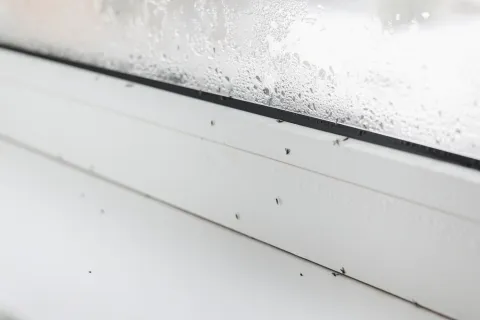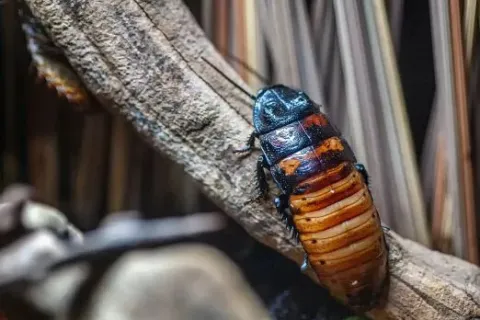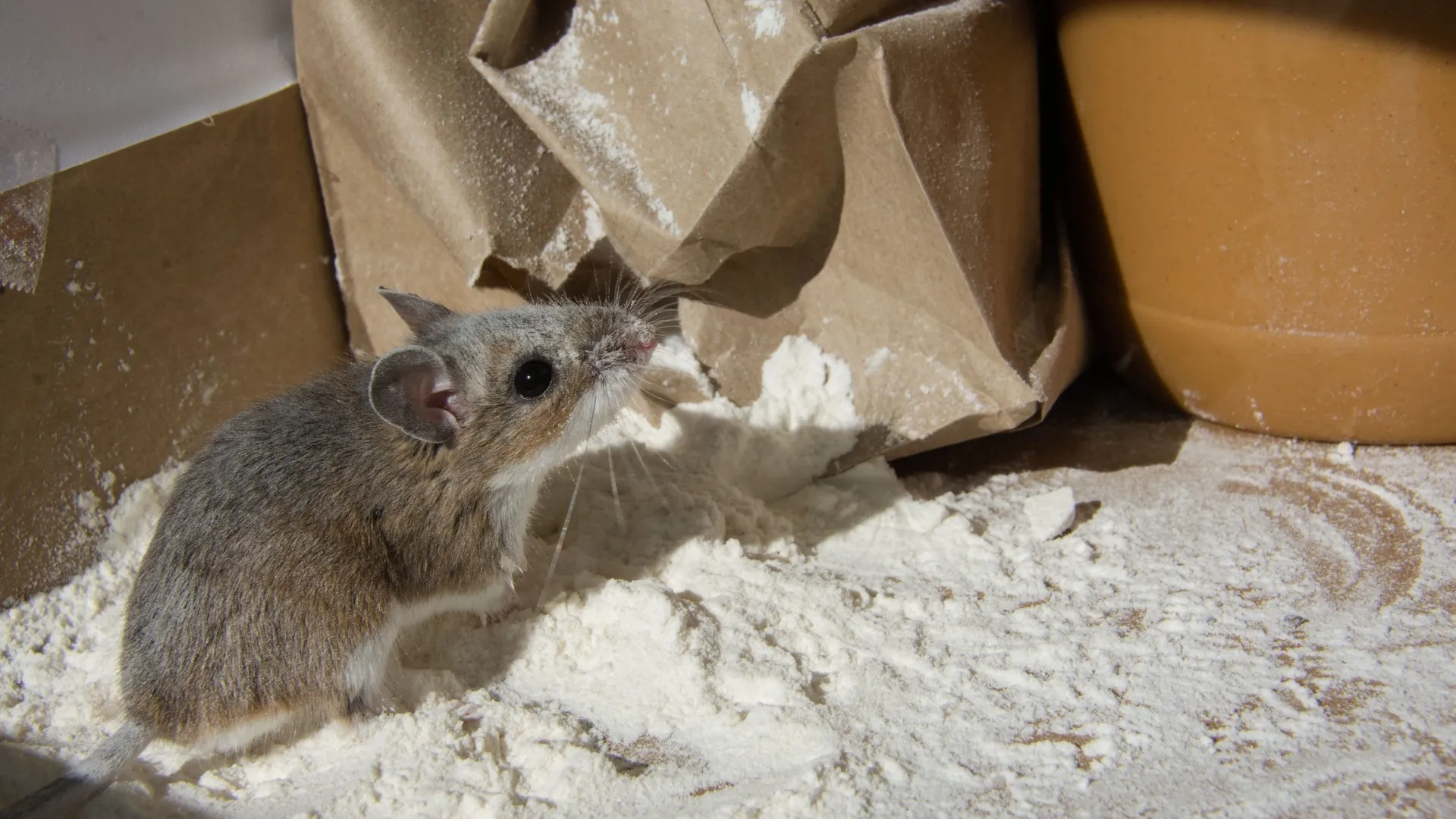
Pantry Pests
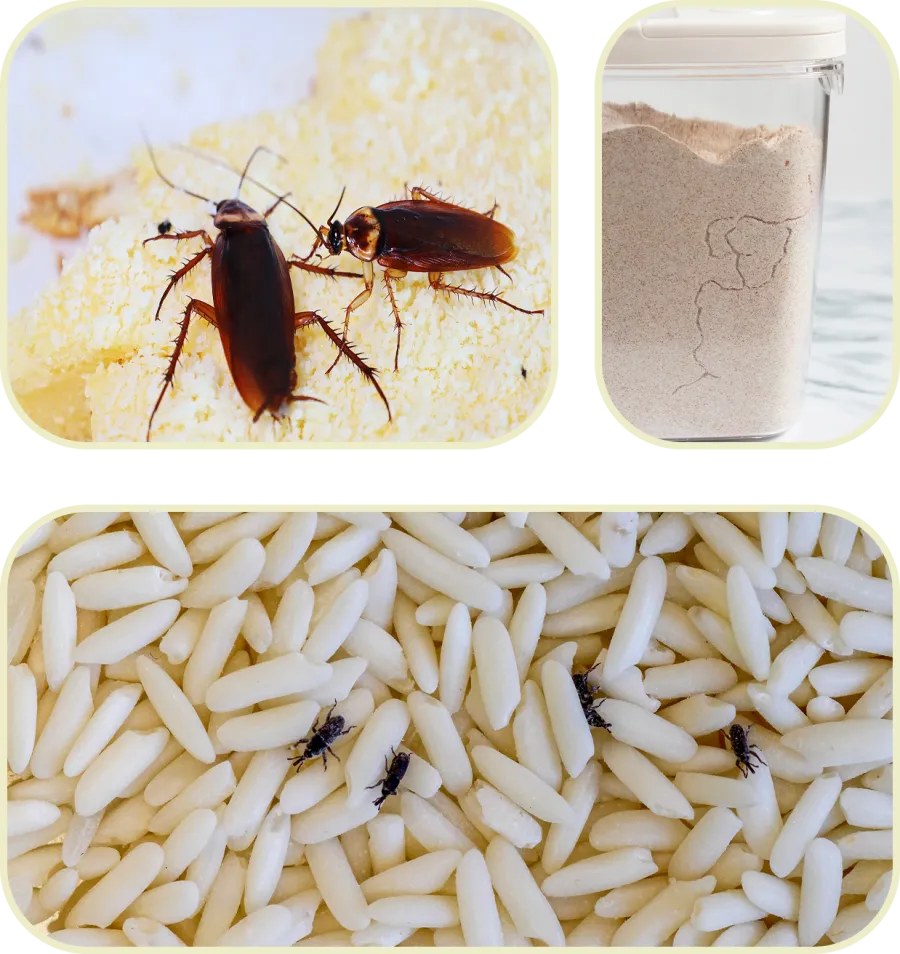
Pantry Pest Identification (Various species)
What are pantry pests?
Pantry pests, also known as 'Stored Product Pests," are common Snohomish insects, such as beetles and moths, that tend to infest dried food products. These products often include flour, cereal, dry pasta, dry pet food, powdered milk, cornstarch, crackers, spices, bread, bird seed, dried nuts, and fruit, but can be any dried stored food product. While they're primarily a problem for food-processing plants and supermarkets, they can nevertheless cause a lot of problems in residential homes. Read on to find out more about the pantry pests threatening to invade your pantry, the problems they cause, and how to stop them.
Types Of Pantry Pests In Western Washington
Cigarette Beetles
Cigarette beetles are yellowish to reddish-brown in color and about 1/10 inch long. Oval in shape, this pest appears hunchbacked because its head is bent downward. The drugstore beetle's serrate antennae are smooth and end in a 3-segmented club.As their name implies, the cigarette beetle prefers to infest dried tobacco, but will also feed on book bindings and stored products found in homes. A female cigarette beetle can lay up to 100 eggs on the food products from which the larvae will feed. The development time from egg to adult is six to eight weeks and adults live two to four weeks. The larvae typically feed on a variety of pet foods, including dried and processed foods such as grain, pasta, raisins, rice, seeds and even cockroach poison. Cigarette beetles will sometimes feed on furniture stuffing and dried floral arrangements as well.
Cigarette beetles are active all year long but prefer temperatures over 65 degrees and low-lit areas, but can be pushed indoors when these conditions are not met outside. Inside, they will infest storage areas that contain dried tobacco. They will also invade homes to feed on cereal, flour and other stored products that are a staple of most pantries. Although known for feeding on cured tobacco, cigarettes and cigars, in the home this beetle is most commonly found in pet foods, cereals, nuts, and candy. It may also infest dried pepper arrangements, wreaths, and spices such as chili powder or paprika.
Drugstore Beetles
Drugstore beetles are reddish-brown in color, about 1/8 inch long, and oval-shaped. They are considered pantry pests and commonly infest a wide variety of foods, including those made from dried plant or animal products. Drugstore beetles are named for their tendency to feed on pharmacy drugs, but they will also infest spices, coffee beans, seeds, dried pet foods, bread, and flour products such as cereals, cookies, dry mixes, and meal. Drugstore beetles sometimes feed on non-food items such as wool, leather, books, wooden objects and even tin or aluminum foil.
While the entire lifecycle of a drugstore beetle lasts about two to seven months, the beetle will generally cause most of its damage in the larval stage. A female drugstore beetle will lay up to 100 eggs on its food source. For about four to twenty weeks, the small, white larvae burrow through the food and consume it before building a cocoon and pupating within the span of 12 to 18 days.
Flour Beetles
Red flour beetles are shiny and reddish-brown beetles that grow to about 1/8th of an inch in length, with distinctive antennae that abruptly end into an enlarged three-segmented club. They have a flattened, oval shaped body and are winged, using their wings to fly short distances.
The most common signs that red flour beetles have invaded your home is to see the actual beetles either crawling or flying throughout your home, or by seeing them in your flour or cereal products. You may also notice holes where they have chewed through the packaging of flour or other dry cereal products that are stored in your kitchen or pantry areas.
Grain Beetles
Grain beetles are slender-bodied, flat, brown beetles that are about 1/10 inch long with six saw-like tooth projections on each side of the thorax. Both the larvae and adults feed on products including flours, cereals, candies, dried fruit and more. It's not uncommon to find them infesting pet food, bird see and rodent bait.
The grain beetle is a major pest of stored food products in homes and commercial facilities. The pests usually get into goods when they are in production or on their way to stores or homes. Tainted items on grocery store shelves can lead to a mass infestation in the local area. In homes, grain beetle infestations begin when residents bring infested food into the kitchen. The insects quickly spread to other bagged or boxed products.
Indian Meal Moths
Indian meal moths are among the most common and most destructive pantry pests in the country. Indian meal moths are flying insects ranging from 1/2 to 5/8th of an inch in length. Adult Indian meal moths are most easily identified by a characteristic wing pattern where the rear half of the wings is distinctly reddish brown or bronze colored.
Indian meal moths begin their life cycle as eggs laid by females directly on or inside packaging of food products. The eggs hatch into larvae that resemble small, creamy-white caterpillars but that are more worm-like with brown heads and bodies that can sometimes be tinged pink or green depending upon what they are feeding upon. Damage to stored food products is caused by the larvae spinning silken threads as they feed and crawl, thus webbing food particles together. The larvae feed on such food products such as dried fruits, powdered milk, cornmeal, flour, raisins, prunes, nuts, chocolate, bird seed, dry dog and cat food, fish food, graham crackers, pastas, etc.
In residential pantries, Indian meal moths typically infest flour, grains, cereals, dried fruits, pasta, powdered milk and many other items commonly found stored in homes. They may also be found in dry pet food and stored bird seed. In fact, in most cases they are already present in birdseed when it is brought into the home. Birdseed and pet foods should always be stored in sealed containers and should not remain in the original packaging. It is also important to inspect and remove any infested dried goods at the onset of sighting adult moths. Indian meal moths have also been known to infest candy bars and baked goods in vending machines.
Weevils
Weevils are very small beetles, about 1/16- to 1/4-inch long with dull reddish-brown to black coloration and four reddish-yellow spots on its back. They are primarily attracted to wheat and stored grains. In homes, they can infest pantries and make their way into dry food products. In the wild, they are particularly damaging to crops. Most have the ability to chew through paper in order to access a food source. They can be found in nuts, seeds, cereals and grain products.
Weevils thrive in warm conditions and mature more quickly under high temperatures. They take longer to develop in cold temperatures and have a lower survival rate. In the home, weevils can be brought in on packaged foods or they can come in from outside. Once inside, a population can grow and expand to food items stored nearby if they are not controlled.
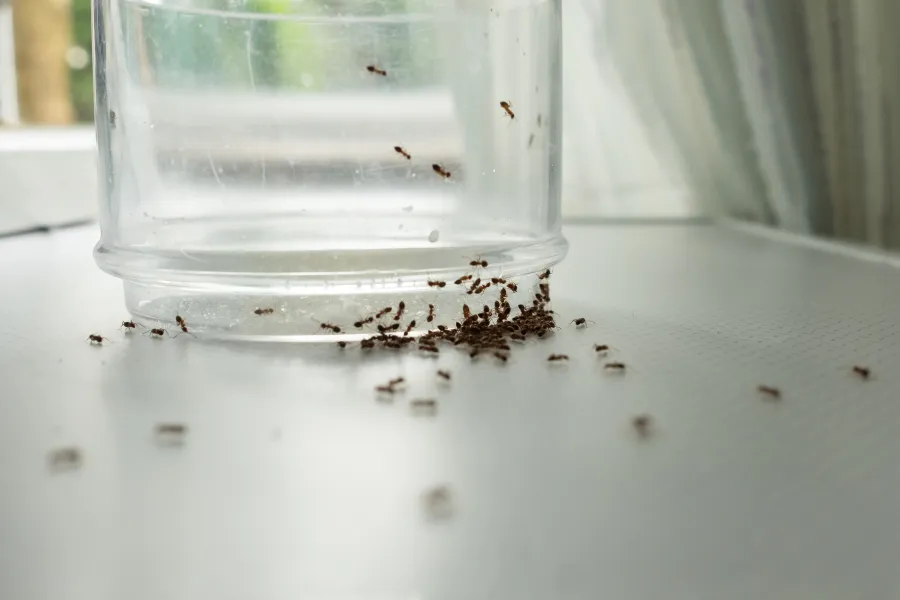
Are pantry pests dangerous?
The biggest threat they pose is of infestation and spoiling food - creating waste and increased living costs to the homeowner. While they are not usually a direct threat to people or pets inside a home, the food contamination they are responsible for can nevertheless lead to negative health effects if someone ingests the food after pantry pests have made contact.
Beetles, weevils, and moths typically do not cause damage other than the contamination of food products. Most of the time, their larval stages are very destructive and can contaminate food products as well as breed in areas where stored products are kept. Beetle-infested items often cause mold problems due to moisture buildup.
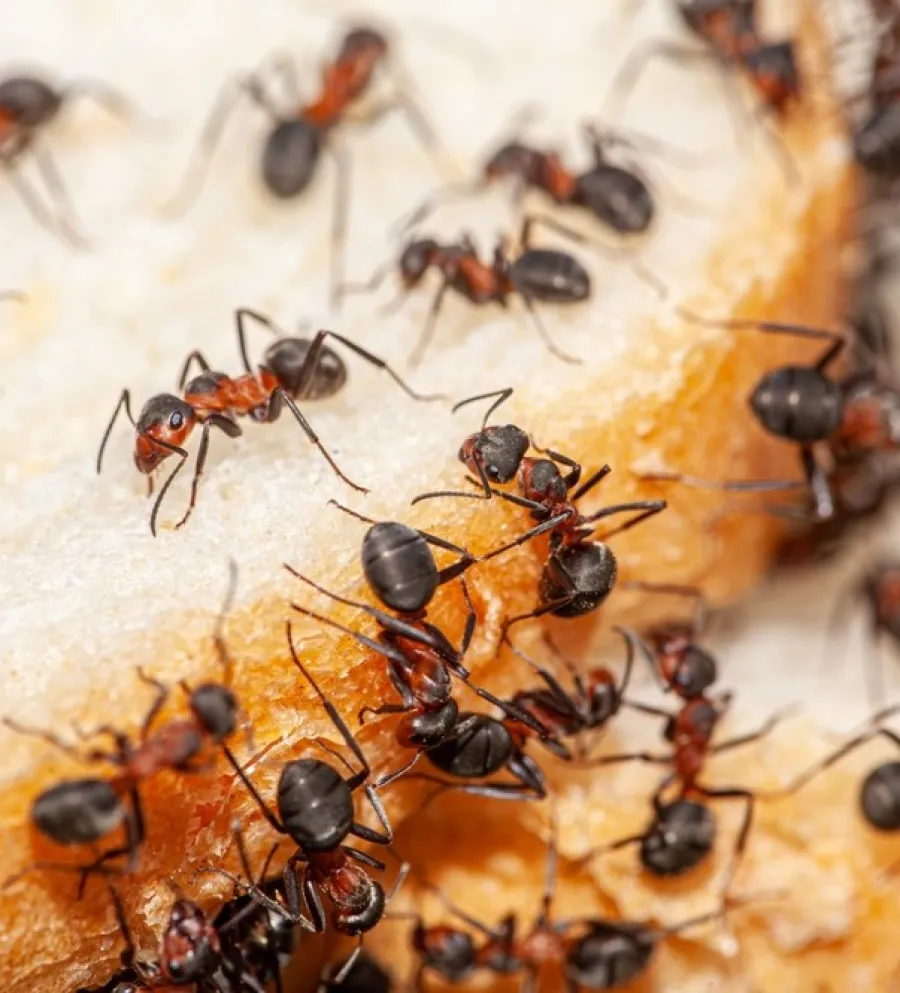
Steps You Can Take To Prevent Pantry Pests In Western Washington
If you want to keep the food in your pantry safe and secure, it pays to stop pantry pest infestations before they happen using effective preventative measures. Pantry pests are most often brought into the home through packaged food products that have already been infested, but they can also enter your home from outside.
Here are some ways you can prevent pests in your pantry:
- Always store dry pantry foods in tight-fitting, sealed containers.
- Clean your pantry shelves regularly.
- Clean old containers before filling them with fresh food.
- Check food items for rips or tears in packaging and other signs of infestations.
- Avoid buying in bulk and storing large quantities of products in the pantry.
- Never combine old and new dry food products, as one could be infested.
- Use the oldest products in your pantry first to ensure freshness and proper stock rotation.
- Store infrequently used products in the refrigerator or freezer.
- Clean-up spills and crumbs in food storage areas so not to attract pests.
- Vacuum cracks and crevices in your pantry and kitchen where insects could hide.
- Dispose infested foods in trash and put outdoors immediately upon discovery, sealing them in a plastic bag before disposing.
- Know the warning signs of pantry pests, such as small moths flying around the vicinity or beetles found near packaged food items.
- Freezing susceptible food items can prevent infestation.
- Store pet food in containers with a tight-fitting lid.

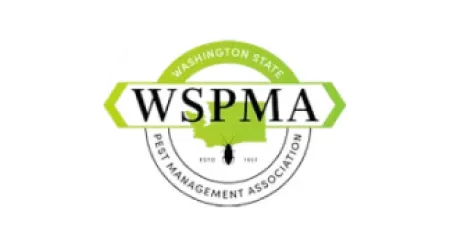


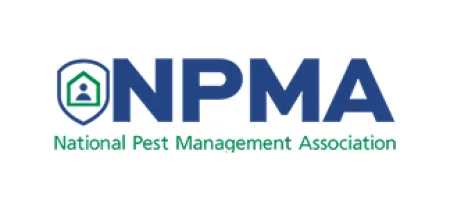
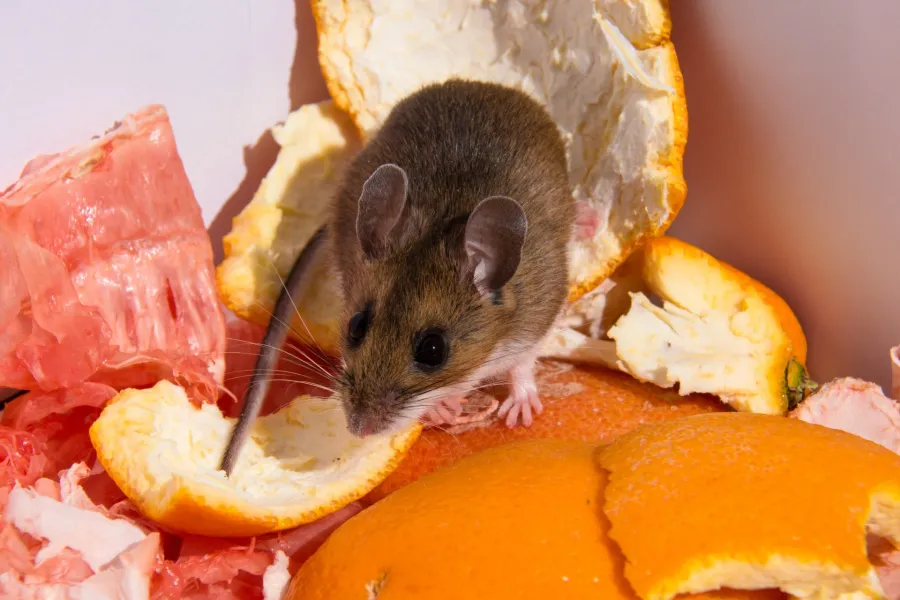
Why To Call Guard Pest Control For Help With Pantry Pests
If pantry pests have invaded your stored food products in your home or business, you shouldn't attempt to handle the problem on your own. Controlling pantry pests can be a tedious task because the source of the infestation may be difficult to find, making it difficult to identify and eliminate the problem at its source. Pantry pests can also be difficult to eradicate because of the sheer range and food products they are likely to infest. Most pantry pests breed almost continuously since they tend to live in or near their food source and can produce several generations in a single year, so failing to treat the entire problem at once will only allow it to spring up again a short time later.
When it comes to effective treatment and prevention for pantry pests, over-the-counter products are rarely sufficient to create a permanent solution. Instead, you need to consult a professional for help.
At Guard Pest Control, our team has decades of experience handling pantry pests in Snohomish and surrounding areas as well as all the other pests that might try to get into your home. If pests are threatening your pantry, we'll find them, eliminate them, and keep them from coming back. Contact us today to find out more about how a comprehensive pest control treatment plan from Guard Pest Control can protect your Snohomish home or business from pantry pests.


